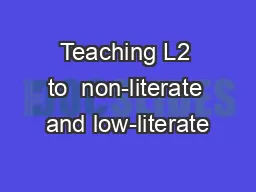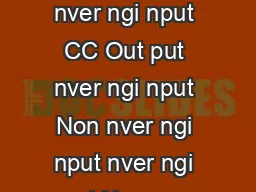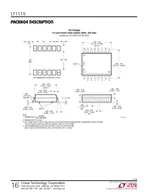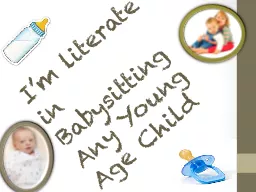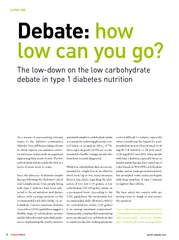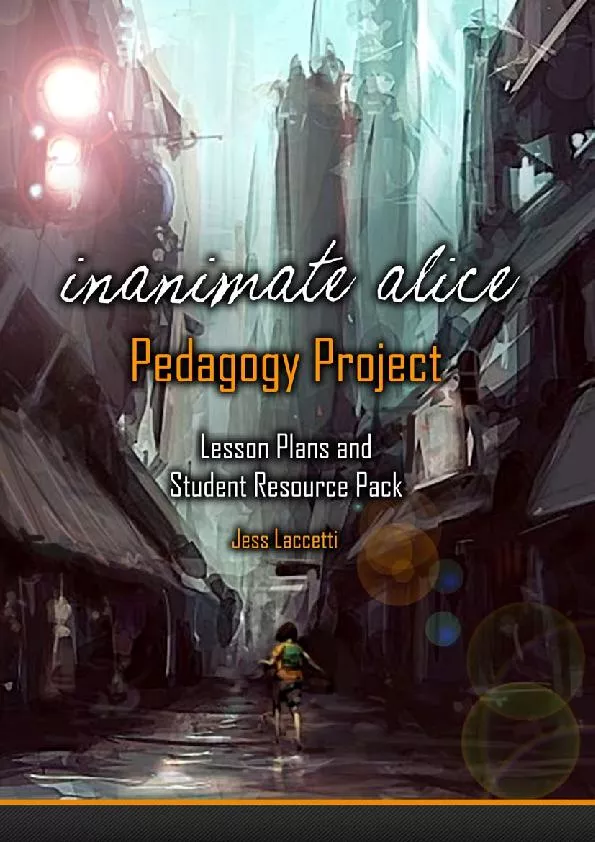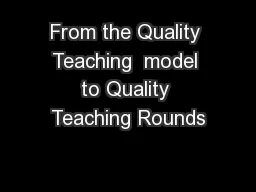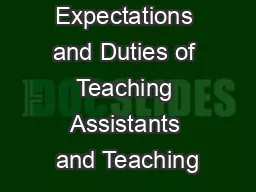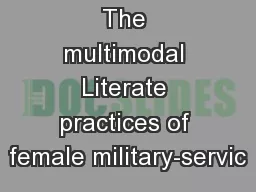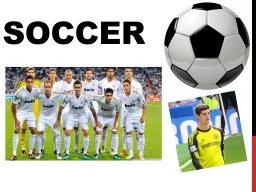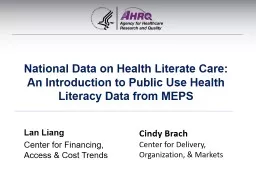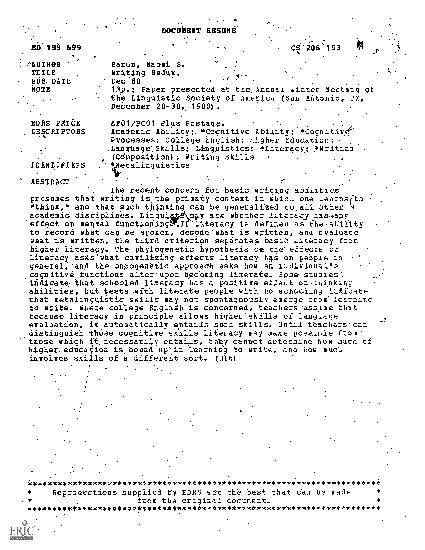PPT-Teaching L2 to non-literate and low-literate
Author : markes | Published Date : 2020-08-06
adult migrants in Europe Fernanda Minuz Lorenzo Rocca Alessandro Borri Language the Sustainable Development Goals and Vulnerable Populations Perspectives on Literacy
Presentation Embed Code
Download Presentation
Download Presentation The PPT/PDF document "Teaching L2 to non-literate and low-lit..." is the property of its rightful owner. Permission is granted to download and print the materials on this website for personal, non-commercial use only, and to display it on your personal computer provided you do not modify the materials and that you retain all copyright notices contained in the materials. By downloading content from our website, you accept the terms of this agreement.
Teaching L2 to non-literate and low-literate: Transcript
Download Rules Of Document
"Teaching L2 to non-literate and low-literate"The content belongs to its owner. You may download and print it for personal use, without modification, and keep all copyright notices. By downloading, you agree to these terms.
Related Documents

